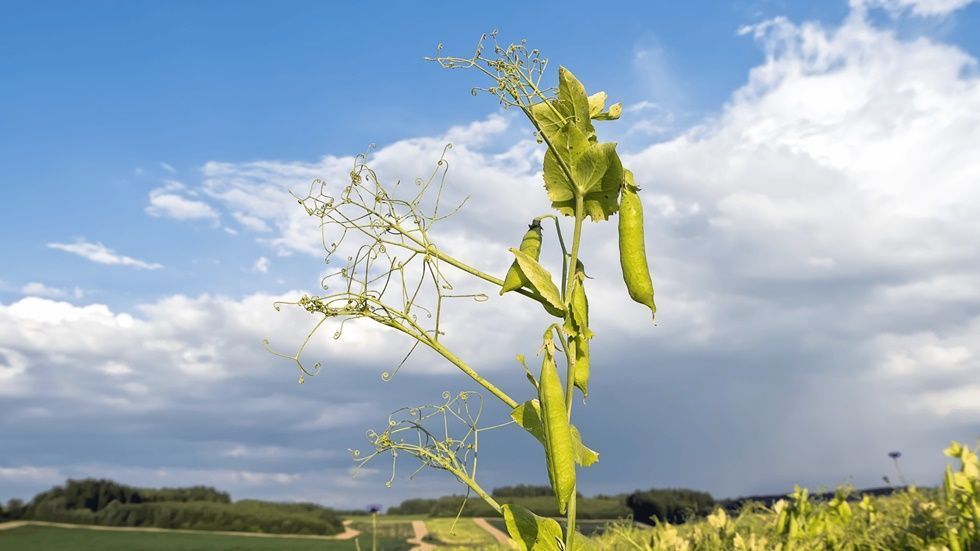From peas to finished products: The journey of raw material

In this journey from raw material to finished product, we will explore the innovative process of dry fractionating vegetable protein extraction.
How is pea protein made?
This process, based on air classification, separates fractions based on their size, shape, density, and physicochemical nature, without the need for chemicals or additives.
- Raw material
- Cleaning
- Dehulling
- Milling and air classification
- Packaging
The raw material undergoes a series of stages, starting with cleaning and dehulling to ensure ingredient purity. Then, through a process of milling and air classification, protein and starch fractions are separated, obtaining concentrates with different percentages of protein and starch. The obtained ingredients form the basis for a wide range of end products.
Advantages of using yellow pea protein as raw material
Using yellow peas as raw material for extracting vegetable protein offers many benefits. These ingredients are rich in fiber, free of genetically modified organisms (GMOs), and have a low glycaemic index, making them a healthy choice for a variety of food applications. Moreover, substituting animal proteins with plant proteins contributes to reducing the carbon and water footprint of the food industry, thus promoting environmental sustainability.
How do we transform vegetable protein?: Dry extrusion vs wet extrusion
High-moisture extrusion
The vegetable concentrates and starches obtained can be used as key ingredients for creating meat or fish analogs, baked goods, pastries, and many other applications. In the case of Alimentos Sanygran, we apply the high moisture extrusion technology (also known as wet extrusion) to transform yellow pea protein along with soy protein, to create vegetable substitutes that share several characteristics with meat, also known as meat analogs.
The manufacturing process with this technology is straightforward: vegetable ingredients are mixed with proteins, water, and additives. Then, the mixture is fed into an extruder that cooks and shapes the product using heat and pressure. After extrusion, it is cooled and cut into desirable pieces. Finally, it can undergo additional processes such as marinating or smoking to enhance flavour and texture.
Dry extrusion
Extrusion drying is a crucial process for transforming plant-based raw materials into fibrous products. It involves combining cereals or legumes such as corn, soybeans, wheat, or peas, and subjecting them to changes in pressure, temperature, and moisture to ensure rapid and uniform cooking. This method, known as texturization, reorients the protein structure to one like that of animals, making it ideal for meat substitutes.
If you found it interesting and you are looking for a plant based ingredient supplier, get in touch with us. We offer starches and vegetable protein concentrates extracted through Dry Fractionning technology, marketed under the Navasan brand. Additionally, as third-party manufacturers, we can also provide finished products crafted using both dry and wet extrusion techniques. Want to learn more? Contact us!

